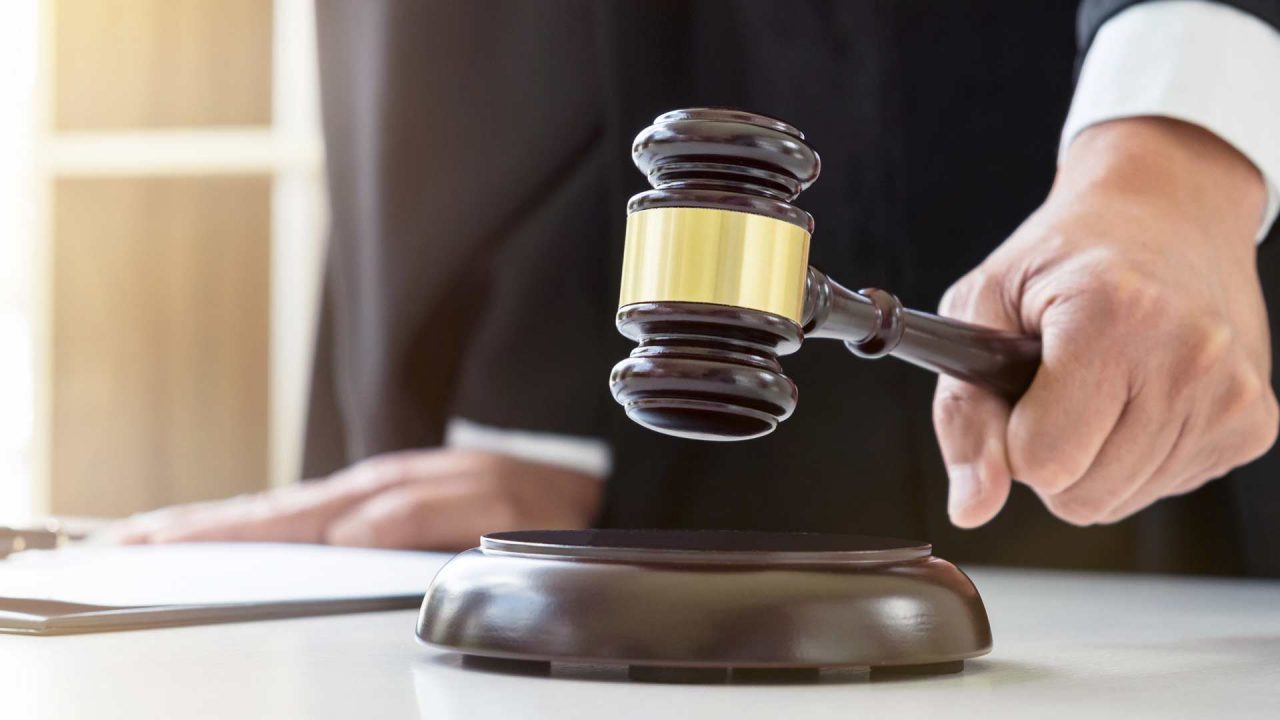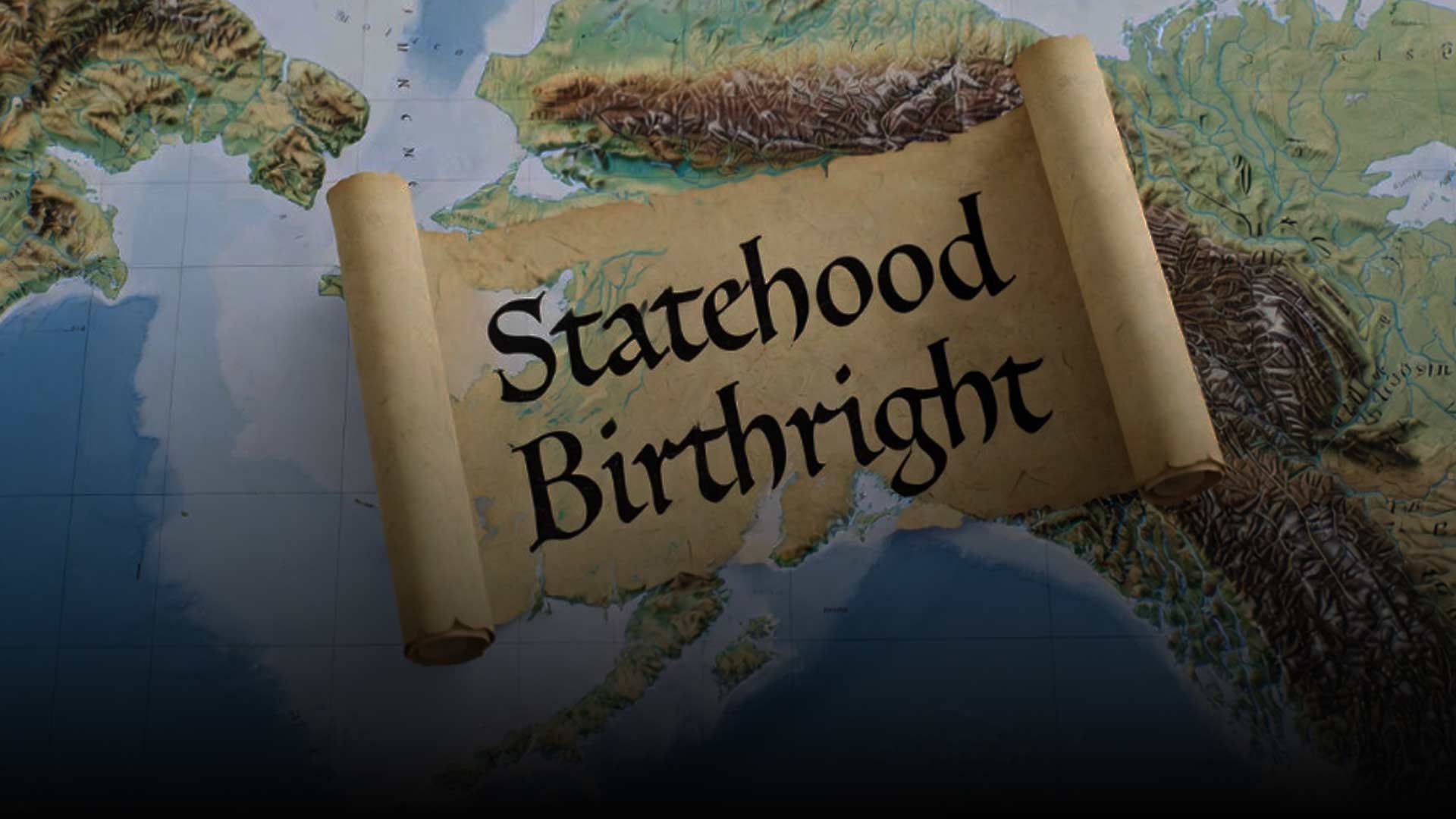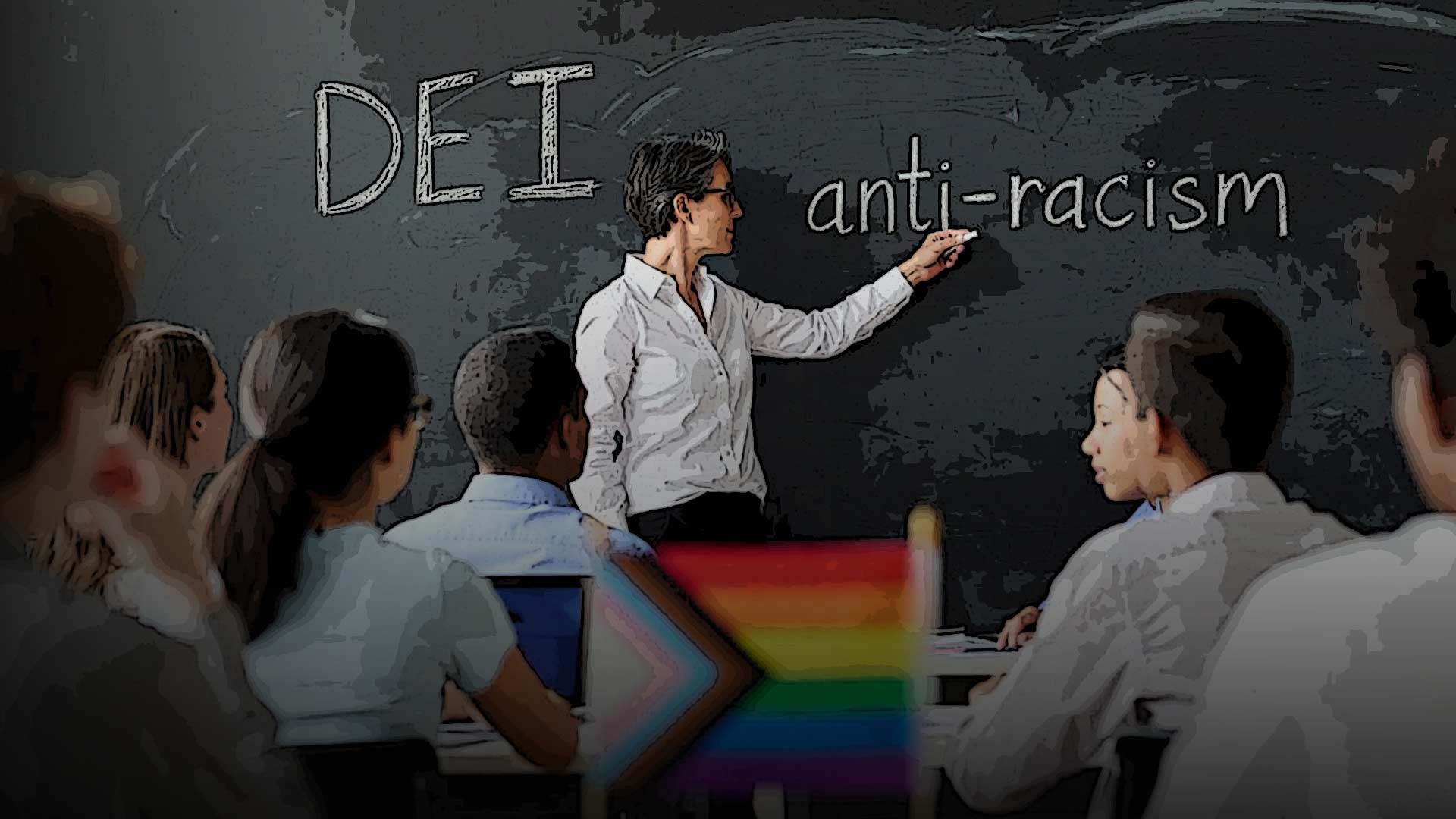
The great 2019 Alaska budget war has seen deep spending cuts by Governor Mike Dunleavy through his line item budget vetoes. Many “sacred cows” have been gored, and there are howls of disapproval from beneficiaries of state spending. Oddly, one of the most insignificant of the vetoes resulted in some of the loudest complaints. The Alaska Court System was cut $334,700 of the original appropriation of over seven million dollars. One would think that the court system would be happy to escape with a small cut compared to the hits that other parts of state government took. Instead, it sparked outrage from the Court and its followers because the accompanying explanation equated the amount of the cut with the cost of the Court’s order that the state fund elective abortions.
Governor Dunleavy is pro-life, but, as governor, appropriation of state funds is not within his power. That power resides solely with the Alaska Legislature. The Supreme Court has “judicial power” to decide cases brought before it, but, like the governor, not power of appropriation. The issue Governor Dunleavy raised is separation of powers, not abortion, as important as that issue is. At the heart of the U.S. Constitution is the separation of powers between the legislature, executive and judiciary and a system of checks and balances to prevent one branch from usurping the power of the others. In order to assure that the most fundamental power of government is controlled by the people, the U.S. Constitution gives the power of appropriation to Congress.
In Federalist paper 58, James Madison argued that the House of Representatives “…alone can propose the supplies requisite for the support of government. They, in a word, hold the power of the purse.” Alexander Hamilton, in #78: “the judiciary has no influence over either the sword or the purse. It may truly be said to have neither force nor will but merely judgment; and must ultimately depend upon the aid of the executive arm, even for the efficacy of its judgments.” All state constitutions follow the lead of the U.S. Constitution.
What powers do the court and its supporters believe the executive and legislative branches have? It would seem from the plain language of the U.S. Constitution that one such exclusive power is the legislature’s power of appropriation. No appropriation; no funds.
Separation of powers necessarily implies that there are powers that are separate and belong to the branch to which congress assigns those powers. What powers do the court and its supporters believe the executive and legislative branches have? It would seem from the plain language of the U.S. Constitution that one such exclusive power is the legislature’s power of appropriation. No appropriation; no funds.
The Alaska Supreme Court, however, apparently believes it has the power to order the spending of state money without appropriation. Similarly, the line item veto is a power that belongs to the executive branch.
On the other side, are there any limits to the power of the judiciary? If we are truly a system of checks and balances, who checks the judicial branch? The ACLU of Alaska predictably filed a lawsuit against the governor complaining that it is unconstitutional for him to line item veto the Court’s budget. Who will decide the case brought to defend the court? Of course, the Court will decide the limits, if any, of its own power and that of the executive and legislative branches. The Court is called the Supreme Court, originally meaning it is the highest court of the judicial system, not the supreme law maker.
After the U.S. Supreme Court’s Dred Scott vs. Sanford ruling declared slaves as non-persons, President Abraham Lincoln, in his first inaugural address said “…that if the policy of the government upon vital questions, affecting the whole people, is to be irrevocably fixed by decisions of the Supreme Court … the people will cease to have been their own rulers…”
Beneath the black robes, the judges seem to have thin skins, complaining of any criticism that the justices have disrespected the democratic system and infringed on the right of the people to be their own rulers. They should get used to it.
While the present conflict centers on proper separation of powers, the underlying issue at stake, abortion, is more difficult. Both Saint Augustine and Dr. Martin Luther King, Jr. held to the principle lex iniusta non est lex, an unjust law is no law at all.
The writer is a retired attorney who practiced law in Anchorage for 46 years.







